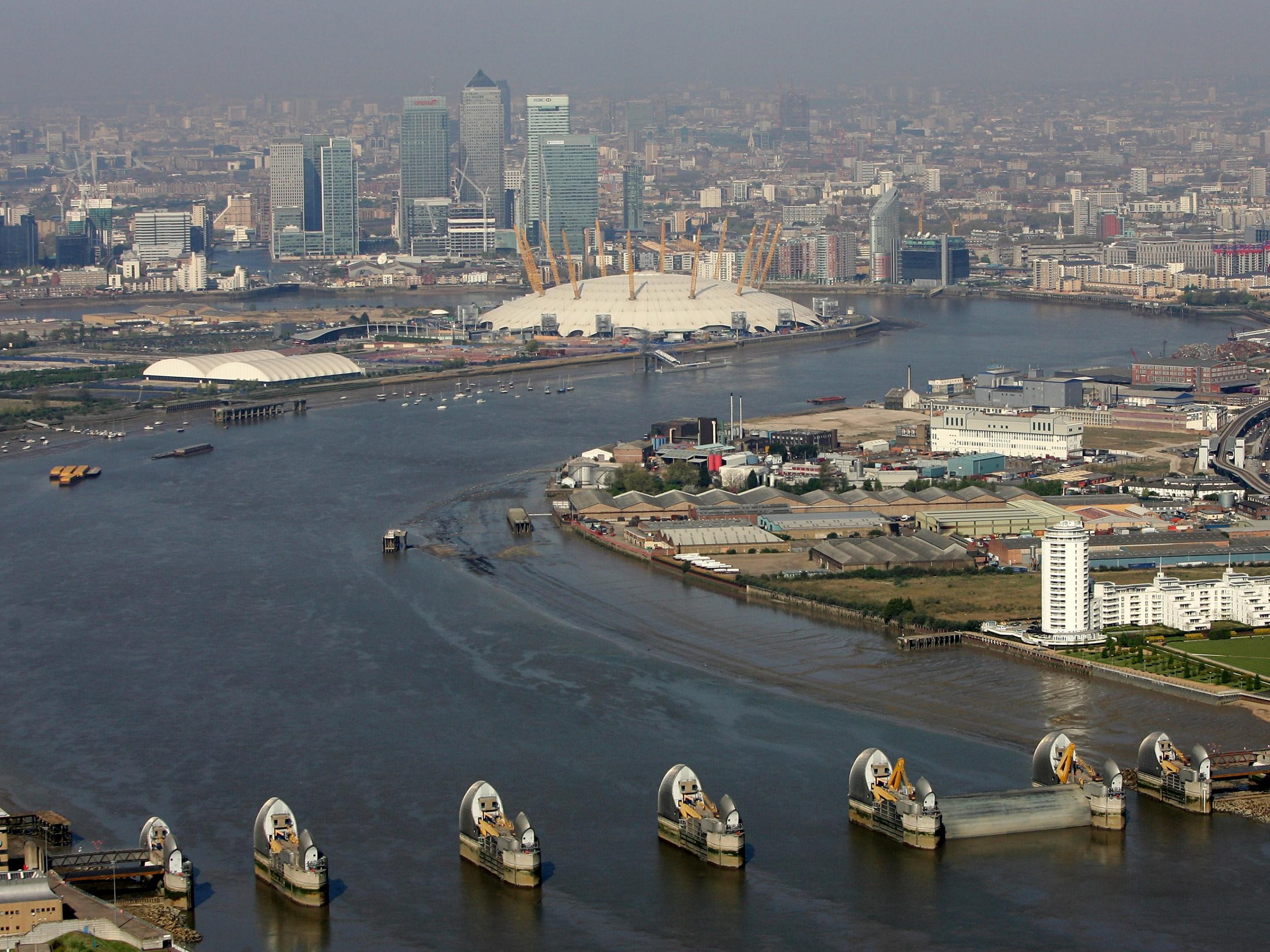World's rivers are contaminated with dangerous levels of antibiotics, study finds
Scientists detect drugs in two-thirds of waterways as part of first ever global study

Rivers around the world are contaminated with dangerous levels of antibiotics, according to a major new study.
Concentrations of antibiotics in some waterways exceed safe levels by 300 times, a global team of scientists led by the University of York found.
The Thames was contaminated with five antibiotics, including levels of ciprofloxacin – used to treat skin and urinary tract infections – that were three times what is considered safe.
Researchers looked at 14 commonly used antibiotics in rivers flowing through 72 countries and found antibiotics were in two-thirds of samples.
Scientists fear antibiotics in rivers cause bacteria to develop resistance meaning they can no longer be used in medicines for humans. The UN estimates that the rise in antibiotic resistance could kill 10 million people by 2050.
“A lot of the resistance genes we see in human pathogens originated from environmental bacteria,” Professor William Gaze, a microbial ecologist at the University of Exeter who was not involved in the study, told The Guardian.
Drugs get into rivers via human and animal waste, as well as leaks from wastewater treatment and drug manufacturing sources.
In one site in Bangladesh, levels of metronidazole – which is used to treat mouth and skin infections – were 300 times greater than what is considered safe. The most common antibiotic was a urinary tract infection antibiotic called trimethoprim, which was present in 307 of 711 sites tested.
Scientists flew out 92 testing kits to partners across the world who took samples from local rivers. Researchers found Bangladesh, Kenya, Ghana, Pakistan and Nigeria were home to the most contaminated rivers. The team said that the safe limits were most frequently exceeded in Asia and Africa.
However, sites in Europe, North America and South America also had high levels of contamination showing that antibiotic contamination was a “global problem".

Professor Alistair Boxall, from the York Environmental Sustainability Institute, said: “The results are quite eye opening and worrying, demonstrating the widespread contamination of river systems around the world with antibiotic compounds.
“Many scientists and policy makers now recognise the role of the natural environment in the antimicrobial resistance problem. Our data show that antibiotic contamination of rivers could be an important contributor.
“Solving the problem is going to be a mammoth challenge and will need investment in infrastructure for waste and wastewater treatment, tighter regulation and the cleaning up of already contaminated sites.”
Professor John Wilkinson, from the University of York, said: “Until now, the majority of environmental monitoring work for antibiotics has been done in Europe, North America and China. Often on only a handful of antibiotics. We know very little about the scale of problem globally.
“Our study helps fill this key knowledge gap with data being generated for countries that had never been monitored before.”
The findings will be unveiled at the annual meeting of the Society of Environmental Toxicology and Chemistry in Helsinki on 27 and 28 May.
Join our commenting forum
Join thought-provoking conversations, follow other Independent readers and see their replies
Comments